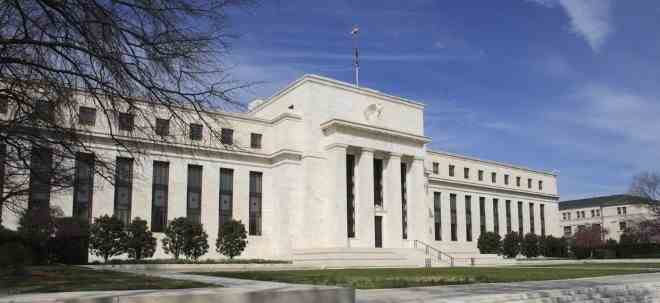Since the Fed has been raising interest rates quickly and it will take time for these moves to have an impact on the economy, it would make sense for central bankers to slow rate hikes, he said in his speech prepared for the Brookings Institution. “The time to slow rate hikes could come as early as the December meeting,” he said.
Powell touched on signs of progress in controlling inflation, including a slowdown in interest-rate-sensitive areas of the economy like housing and improvements in supply chains. But he said falls in commodity prices and rents, which have been a major contributor to inflation over the past 18 months, may not be enough if businesses don’t slow hiring.
“The labor market is showing only tentative signs of a new equilibrium, and wage growth remains well above levels consistent with 2 percent inflation,” Powell said. “Despite some promising developments, we still have a long way to go to restore price stability.”
Powell: The Fed is slowing down, but doing more
Powell reiterated earlier statements that US central bankers are likely to raise interest rates early next year to slightly higher levels than they had anticipated in projections released in September, which saw most policymakers expect their policy rate to rise to between 4.50 and 5.00 .00 percent saw. “There is no doubt that we have made significant progress,” he said. “But we still have a lot ahead of us.”
Powell’s comments signaled less confidence in the forecasts, which repeatedly pointed to an early and rapid easing in price pressures as inflation has been “persistently moving sideways” for much of this year.
Powell takes a look at the labor market
Part of his remarks focused on why the proportion of Americans looking for work is below pre-pandemic levels. The analysis has important implications for setting interest rates because if wage pressures remain stronger in the coming years, this could lead to a period of greater volatility in wages, inflation and interest rates.
Powell said most of the deficit was due to older citizens taking early retirement when the pandemic hit the US in March 2020, as well as slower growth in the working-age population, reflecting lower legal immigration and an increase in deaths during the pandemic.
Measures to increase labor force participation are not in the hands of the Fed and may not take effect quickly enough to combat current inflation, Powell said. The result is that Fed policy will seek to curb inflation and wage growth by reducing labor demand, an issue Powell cautiously raised. “Moderation in labor demand growth will be required in the near term to restore equilibrium to the labor market,” Powell said.
By Nick Timiraos
WASHINGTON (Dow Jones)
Image Credits: Alex Wong/Getty Images, stock photo / Shutterstock.com

